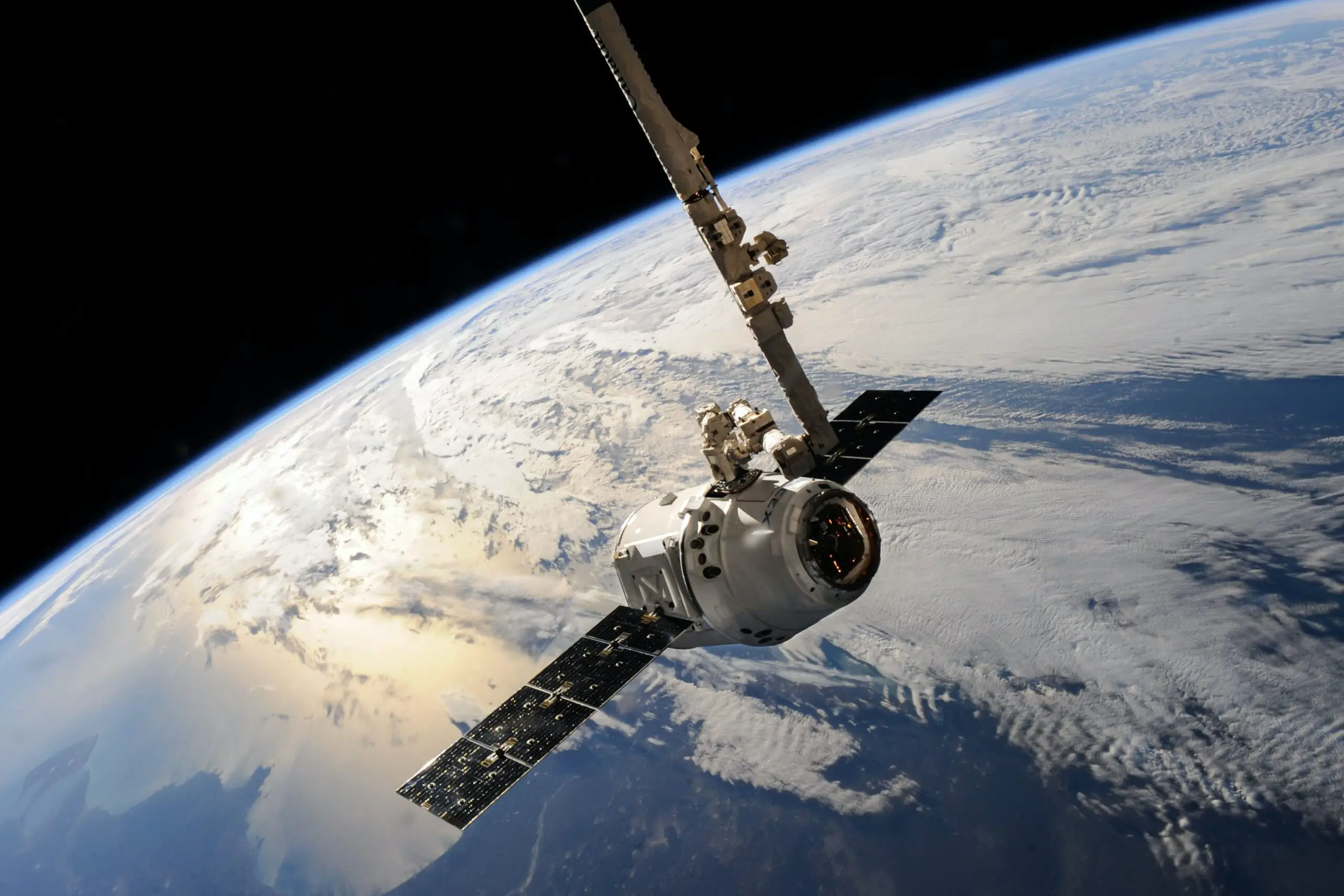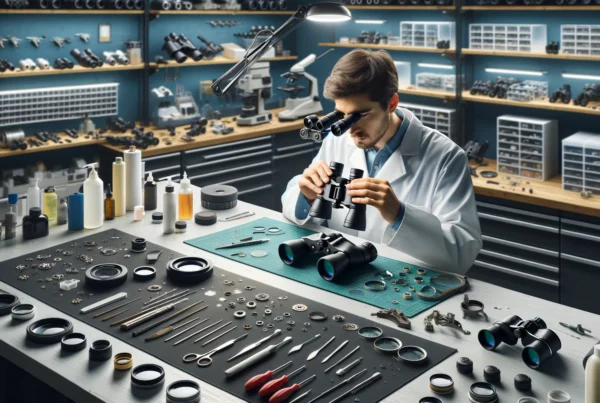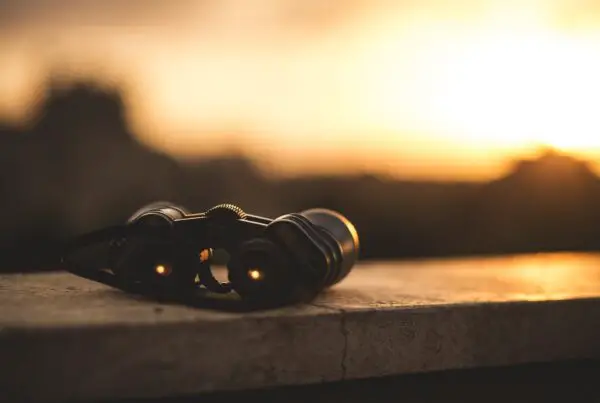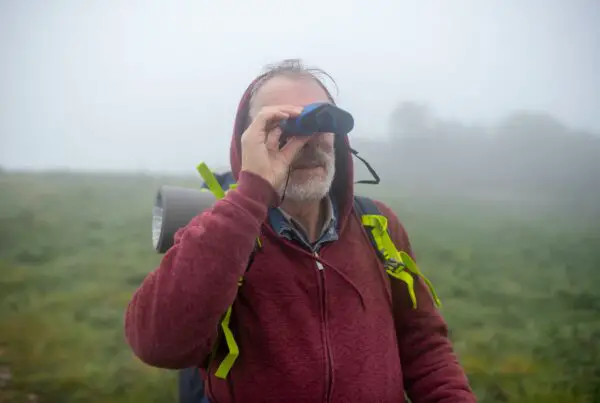Contents
Imagine being able to see satellites and the International Space Station (ISS) with your own eyes! It’s not as difficult as you might think, and all you need is a pair of binoculars. In this article, we’ll show you how to find and watch satellites and the ISS using binoculars. We’ll also provide some tips on getting the most out of your experience.
The International Space Station is the largest satellite that can be seen with the naked eye, but it is still small and can be hard to spot. Binoculars can help you find and follow the ISS as it crosses the sky. Satellites can also be seen with binoculars, but they will appear as tiny dots moving quickly across the sky.
To find satellites, start by finding a bright star or planet. Then, look for a moving object near that star or planet. If you see a satellite, it will look like a tiny dot moving quickly across the sky.
How to Find and Track Satellites and the ISS?
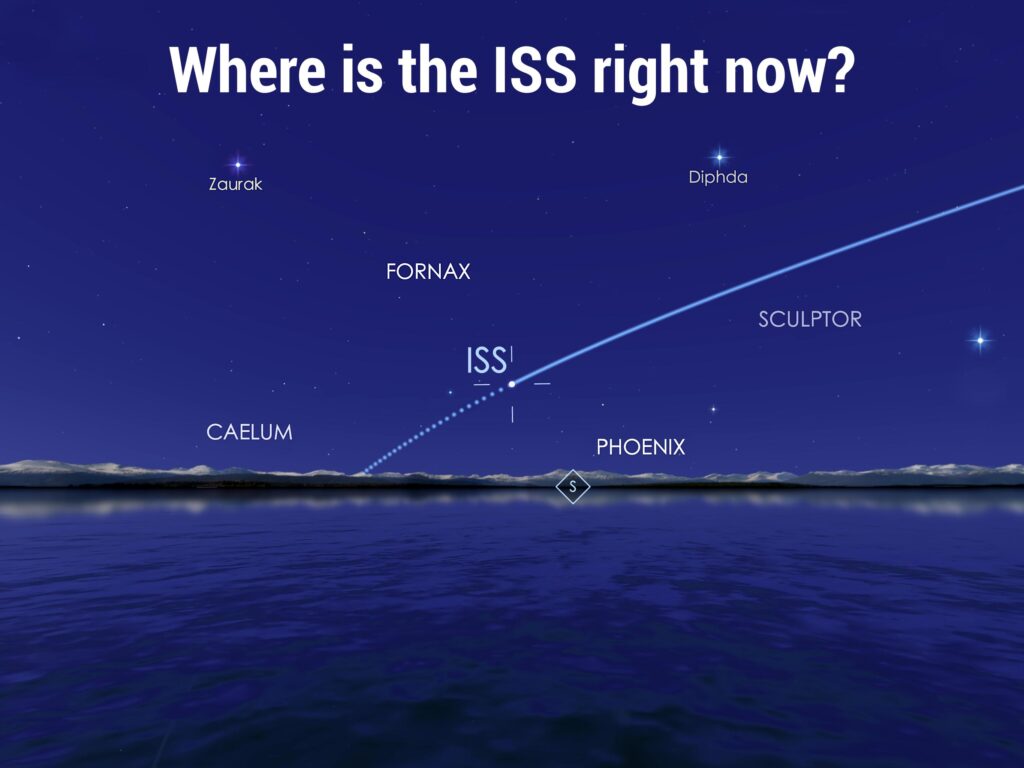
There are a few different ways that you can find and track satellites and the ISS. One way is to use an online tool like Heavens Above or FindSat. Another way is to use a phone app like Star Walk 2. Finally, you can use a dedicated satellite tracking device like a SkyTracker Pro.
Use Heavens Above
Simply go to the website and enter your location. The site will then show you a list of satellites that will be visible from your location, as well as when and where they will be visible.
Use FindSat
Enter your location and then select the type of satellite you want to track. The site will then show you a list of satellites that match your criteria, as well as when and where they will be visible.
Use Star Walk 2
Open the app and point your phone at the sky. The app will then show you a list of stars, planets, and satellites that are currently visible. You can tap on any of these objects to get more information about them.
Use a Sky Tracker Pro
Simply set up the device according to the instructions and then point it at the sky. The device will then automatically track any satellites that pass overhead.
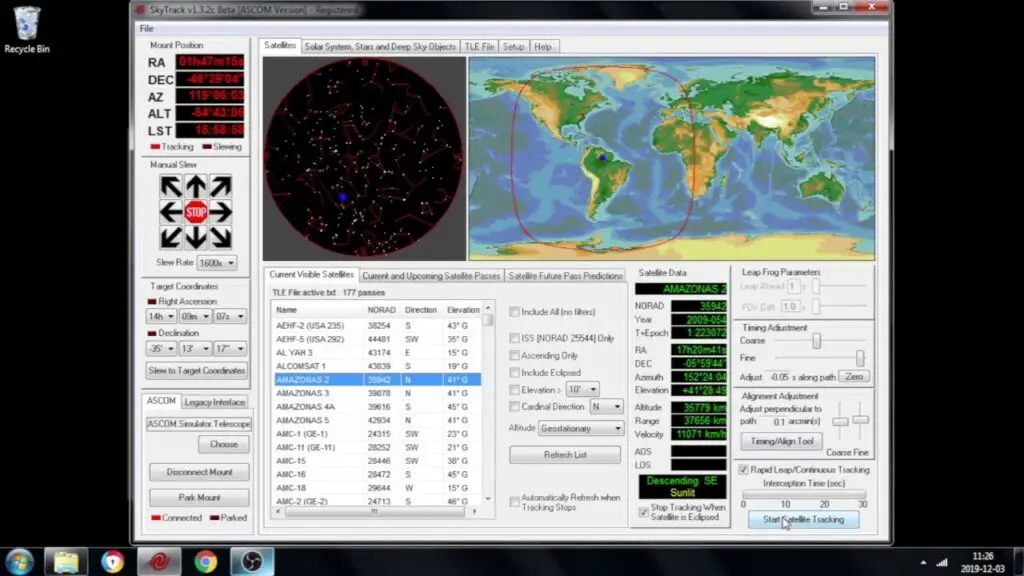
What to look for When Observing Satellites and the ISS?
There are a few things to look for when observing satellites and the ISS. First, pay attention to the satellite’s orbit. If the satellite is in a low orbit, it will appear to move across the sky much faster than a satellite in a higher orbit. Second, pay attention to the satellite’s brightness.
Satellites can be very bright, or they can be very dim. If you are having trouble seeing a satellite, try using binoculars or a telescope. Finally, pay attention to the satellite’s position in relation to the stars. If a satellite is moving quickly, it will appear to change position in relation to the stars around it.
When it is Better to Watch?— Day or Night
When observing the ISS, pay attention to its bright reflective surface. The ISS is very easy to see in the night sky, and it is often visible to the naked eye.The best time to watch for satellites and the ISS is just after sunset or just before sunrise, when the sky is dark but there is still some light from the Sun.
However, it can be difficult to keep track of the ISS because it moves so quickly. Also, pay attention to the ISS’s position in relation to the stars. The ISS will appear to change position in relation to the stars around it as it moves across the sky.
Watching Satellites and ISS with Binoculars — What You Need?
First, you’ll need a good pair of binoculars. You don’t need anything too fancy or expensive; a basic pair of 7×50 or 10×50 binoculars will do the trick.
Secondly, you’ll need to find a comfortable place to watch from where you won’t be disturbed. A reclining lawn chair or blanket will do nicely.
Lastly, you’ll need a clear view of the night sky. If you live in the city, you may have to drive out to a more rural location to get away from the light pollution.
How to Find Them?
The best way to find satellites and the ISS is to use a star chart or sky map to help you locate them in the night sky.
Once you’ve found them, just keep your eyes peeled and you should be able to spot them zipping across the sky. With a little patience and practice, you’ll be able to get a great view of these fascinating objects as they hurtle through the night sky.
Conclusion
With a little practice, anyone can learn to find and watch satellites and the ISS with binoculars. It’s a fun and rewarding experience that can be enjoyed by the whole family. So, grab your binoculars and give it a try! You might be surprised at what you see. With the right pair of binoculars, you can get an up-close and personal view of satellites and the International Space Station (ISS) as they zip across the night sky.

A Binoculars enthusiast, who love exploring skies and watching birds. It is my hobby to collect Binoculars of different kinds and try to explore the world through various lenses. This is all I do to explore happiness by magnifying my beautiful world.

